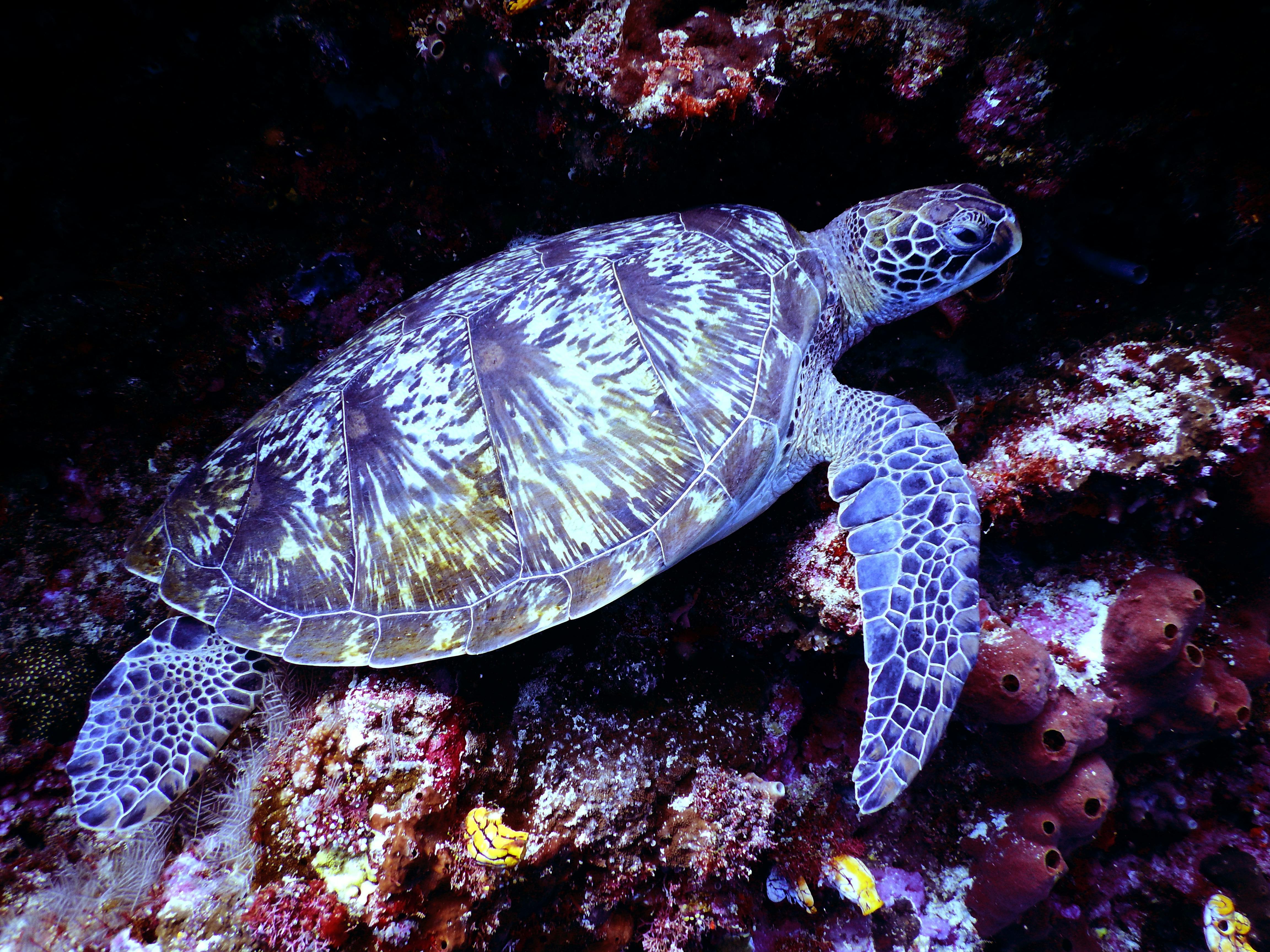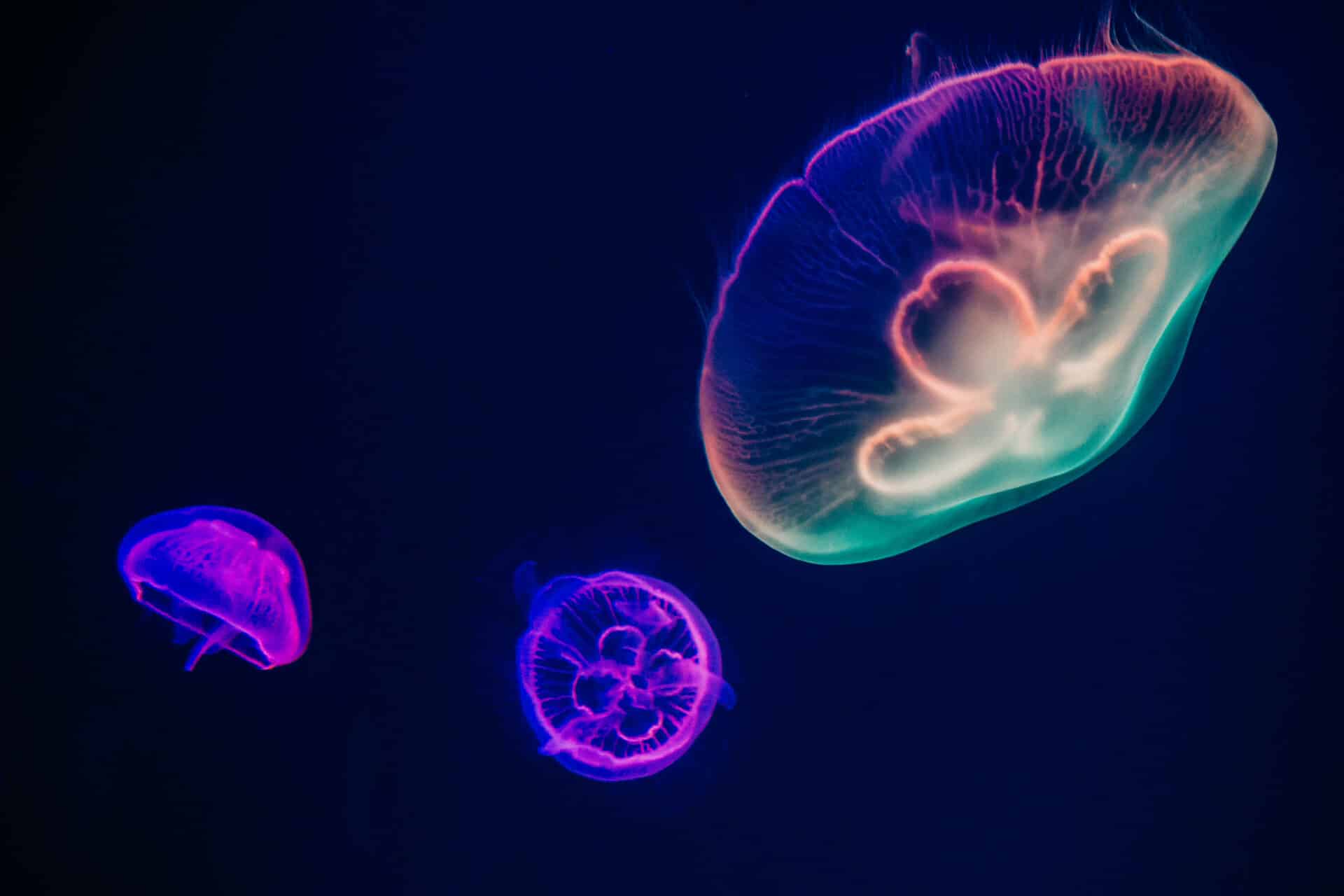Using distilled water in an aquarium can be a great way to keep your fish healthy and the water clean. Distilled water is free from minerals and impurities that can build up over time, making it ideal for use in aquariums. It is important to understand, however, that using distilled water in an aquarium is not without its risks. In this article, we will discuss the pros and cons of using distilled water in an aquarium, as well as tips for ensuring a safe and healthy environment for your fish.Distilled water is water that has had many of its impurities removed through distillation. Distillation involves boiling the water and then condensing the steam into a clean container, leaving many impurities behind. Distilled water is typically used in medical and laboratory settings, as well as for drinking purposes, since it is free from chemicals or minerals.
Benefits of Using Distilled Water in an Aquarium
Using distilled water in an aquarium offers many benefits to both the inhabitants and the owner. Distilled water is free from potentially harmful impurities, such as dissolved minerals, heavy metals, and chemicals, that can be found in tap water. It also has a neutral pH level that is ideal for most aquarium inhabitants.
Using distilled water helps to maintain the overall health of the aquarium environment and its inhabitants by providing clean and safe water for fish and other aquatic species. It is also beneficial for freshwater plants as it eliminates any potential toxic substances that can cause harm to them.
Another advantage of using distilled water in an aquarium is that it helps to reduce algae growth, which can be a problem for some tanks. Algae thrive on excess nutrients found in tap water, so using distilled water can help keep algae growth under control.
Finally, using distilled water helps to keep the tank looking clean and clear by removing any debris or particles from the tank that may have been present before adding new fish or other aquatic species. This will help the tank look aesthetically pleasing while also reducing the risk of disease transmission among its inhabitants
What Are The Risks of Using Distilled Water in an Aquarium?
Using distilled water in an aquarium can be risky because it lacks the essential elements and minerals needed to support healthy aquatic life. Distilled water is not a good choice for long-term use in an aquarium as it can cause imbalances in pH, hardness, and other water parameters. It also lacks buffers that help maintain stable water conditions. This can lead to toxic levels of ammonia and nitrite, as well as an unhealthy environment for the fish and other aquatic organisms.
Distilled water also contains no trace elements and minerals that are essential for fish health. These include calcium, magnesium, potassium, sodium, and iron. Without these minerals, fish are more susceptible to disease and infection. Additionally, some species of fish require specific amounts of certain minerals to thrive.
Finally, distilled water is often very acidic due to its lack of buffer capacity. This can result in dangerous swings in pH levels which can be toxic for many species of fish. Therefore it is important to use a buffer such as sodium bicarbonate or potassium bicarbonate when using distilled water in an aquarium.
Tap Water
Tap water is one of the most common sources for aquarium water. It is easily accessible and provides a balance of minerals and salts that are beneficial for fish and aquatic plants. However, it is important to remember that tap water contains chlorine, which can be toxic to fish, so it must be treated before use. Chlorine can be removed by letting the water sit out for 24 hours or using a dechlorinator product specifically designed for aquariums. Additionally, tap water may contain other chemicals such as copper or lead, which can also be harmful to fish if not treated properly.
Reverse Osmosis Water
Reverse osmosis (RO) water is another option for aquarium water. RO water is filtered to remove impurities such as chlorine, heavy metals, nitrates, phosphates, and other dissolved solids. It is often used in saltwater tanks because it provides a more consistent mineral content than tap water. However, RO water has very low levels of calcium and magnesium, which are important nutrients for both fish and plants.
DistilledPreparing Distilled Water for an Aquarium
Distilled water is a great option for aquariums, as it does not contain the impurities and chemicals found in tap water. Preparing distilled water for an aquarium is easy and straightforward, and can provide a safe and healthy environment for your fish.
The first step in preparing distilled water for an aquarium is to make sure that the container you are using is clean and free of any contaminants. Thoroughly rinse the container with hot water and then let it air dry completely before use.
Once you have ensured that the container is clean, you can move on to adding any necessary elements to the distilled water. Depending on your particular aquarium setup, you may need to add trace elements such as calcium or magnesium to help balance out the pH levels of the water. If your aquarium has a higher concentration of fish waste or other organic materials, you may also need to add additional carbon dioxide or ammonia removers to help keep your tank healthy.
After all necessary elements have been added, it’s time to adjust the temperature of the distilled water so that it matches that of your tank. Most aquariums should be kept at

Should You Use Distilled Water In An Aquarium?
Using distilled water in an aquarium is a popular choice among aquarium hobbyists, as it provides many benefits. Distilled water is free of contaminants, chlorine, and other chemicals that can be harmful to fish and other aquatic life. It also helps to keep the tank clean and clear by removing any build-up of nitrates or other minerals from tap water. Furthermore, it is a cost-effective option as it does not require frequent water changes like regular tap water does.
When using distilled water in an aquarium, it is important to take into consideration the differences between tap and distilled water. Tap water typically contains essential minerals that are beneficial for fish health, such as calcium and magnesium. Distilled water has no trace of these essential minerals and therefore should be supplemented with aquarium salt or other mineral supplements to provide the necessary elements. Additionally, pH levels may need adjusting when using distilled water since the lack of minerals can cause a more acidic pH level than desired for some fish species.
In conclusion, while distilled water can be beneficial in an aquarium due to its lack of contaminants and ability to keep the tank clean, there
Tap Water vs Distilled Water
Tap water and distilled water are two types of water that are commonly used in homes and businesses. Tap water is the same water that comes out of your faucet, while distilled water is a type of purified water that has been processed through distillation. Both types of water offer their own unique benefits and drawbacks, so it is important to understand the differences between them before making a decision about which one to use.
Tap water is the most common type of drinking water in many countries around the world. It is made up of many different components, including minerals, salts, organic matter, and dissolved gases. Depending on where you live, tap water may be treated with chlorine or other chemicals to make it safe for drinking. It generally has a neutral pH balance and can be used for cooking, cleaning, and other household needs.
Distilled water is created by boiling tap or spring water and condensing the steam into a container. This process removes impurities such as heavy metals, bacteria, viruses, minerals, salts, and organic compounds from the original source. As a result, distilled water has a much lower concentration of contaminants than tap
What Fish Can Live in Distilled Water?
Distilled water is a type of water that has been purified of all its minerals and chemicals, leaving it with a neutral pH and no trace elements. This makes it an ideal medium for many fish species, as it allows them to thrive in an environment free from the harmful effects of chemical contamination. The most common types of fish that can live in distilled water are freshwater species such as bettas, guppies, tetras, and other small tropical fish. These species are well-adapted to living in distilled water because of their natural habitats in slow moving streams or shallow ponds.
Saltwater species such as clownfish, angelfish, and gobies can also survive in distilled water as long as they receive sufficient amounts of minerals from their diet. Saltwater fish require a certain level of salinity to remain healthy, so if you plan to keep saltwater fish in distilled water you will need to supplement their diet with vitamins and minerals to ensure they get everything they need to thrive.
It is important to remember that while these fish may be able to survive in

Conclusion
Using distilled water in an aquarium can be beneficial in many ways. It can help reduce the risk of introducing harmful contaminants into the tank, and it also helps to maintain water chemistry. While it may be more expensive than using tap water, the long-term benefits of using distilled water can be worth the cost. Aquarists should take the time to research their options and make an informed decision on what type of water is best for their aquarium.
Distilled water is a great option for those looking to maintain a healthy aquarium, but it is important to remember that this type of water may not provide all of the necessary minerals and nutrients that fish need. To ensure that your fish are receiving all of the essential minerals and nutrients, you should consider supplementing with a mineral supplement or salt mix.
In conclusion, distilled water can be an excellent choice for aquarists looking to maintain a healthy aquarium environment. However, it is important to research all options before making any decisions and understand how each type of water will affect overall tank health.

